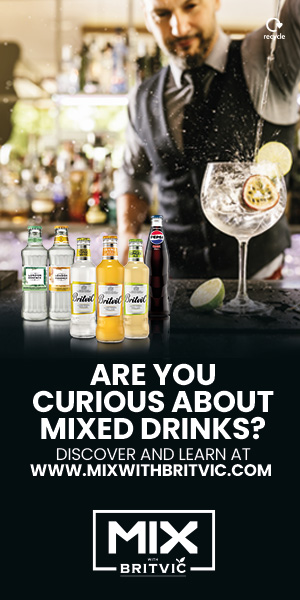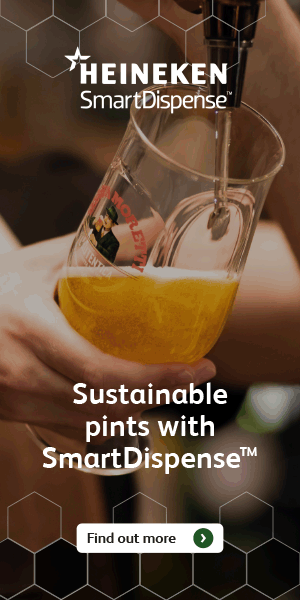While wine duty has been frozen for the first time since 1996, the lowering of the drink drive limit is said to have hit sales.
Despite the challenges, however, there are steps operators can take to enhance their wine list and boost sales, say wine suppliers.

Graeme Sutherland of Enotria said operators could improve the performance of wine in their outlet by offering their customers better value for money.
Sutherland suggested publicans mark up wines by cash margin rather than gross profit – making premium wines “far more accessible” in the process.
 Tailoring wine margins in this way could “allow operators to introduce newer varieties, better producers and add a level of transparency to the industry”, said Sutherland.
Tailoring wine margins in this way could “allow operators to introduce newer varieties, better producers and add a level of transparency to the industry”, said Sutherland.
Billy Bell of Wine Importers agreed that operators should “reduce ridiculously high mark-ups on wine” and said publicans should “take a reasonable cash margin” instead.
“[It’s] better for turnover to sell two bottles and make £16 than sell one and make £10,” said Bell. “Customers will remember and return.”
As well as a cash-based approach to margins, Bell also suggested operators introduce alcohol-free wines in light of the lowered drink drive limit in Scotland.
“The big trend is towards alcohol-free wines in every outlet this spring,” he said.
“The new drink driving law is killing normal house wine sales so smart operators are offering an acceptable alternative.”
Toby Sigouin, of Inverarity Morton, agreed that the new drink drive limit could affect wine sales and suggested lower ABV wines and ‘good quality’ wines by the glass “would be the best way to respond responsibly to the new drink drive limit and still maintain good wine sales”.
Kirsty MacKenna of Alliance Wine also advocated a ‘by the glass’ approach to ranging, especially in bars where wine is a big seller.
“Introducing more wines by the glass at a wider range of price points is a great way to boost wine sales,” said MacKenna.
“Giving customers more choice of wines to drink in terms of grape variety and style, as well as price point, means they are more likely to trade up or try something different without having to fork out for a whole bottle.”
And a wider range of ‘by the glass’ wines can also encourage customers to trade up to more premium products, according to Mike Stewart, sales manager at Liberty Wines.
“Offering a wider choice of wines by both 125ml and 175ml glass, as well as in carafe, would appeal to consumers who wish to experiment or match their wine with each course, without having to commit to buying a full bottle,” said Stewart.
For operators considering making changes to their wine range, now is
the time to do it, according to Amy Ledger of Continental Wine and Food (CWF).
Ledger said spring time provides the “perfect opportunity” to start work on a new wine list, but warned against a complete overhaul.
She said: “Wine lists should generally be reviewed at least twice a year but this doesn’t mean re-writing the whole list, not unless the existing list is without merit, so it should only really mean a few changes.
“If too much is changed at once you will upset regular customers so I would suggest aiming to change at most about 10-20% at one time.”
Jon Harris, sales director at Hallgarten Druitt & Novum, also recommended a considered approach to the wine list, suggesting that a good list “should always be evolving, and should be updated regularly to take advantage of seasonal menu changes, supplier promotions and activity”.
Harris added that if an operator does plan to make a large change to the wine list “this time of year is the time to do it”, as many wine suppliers have recently launched their new portfolios.



















